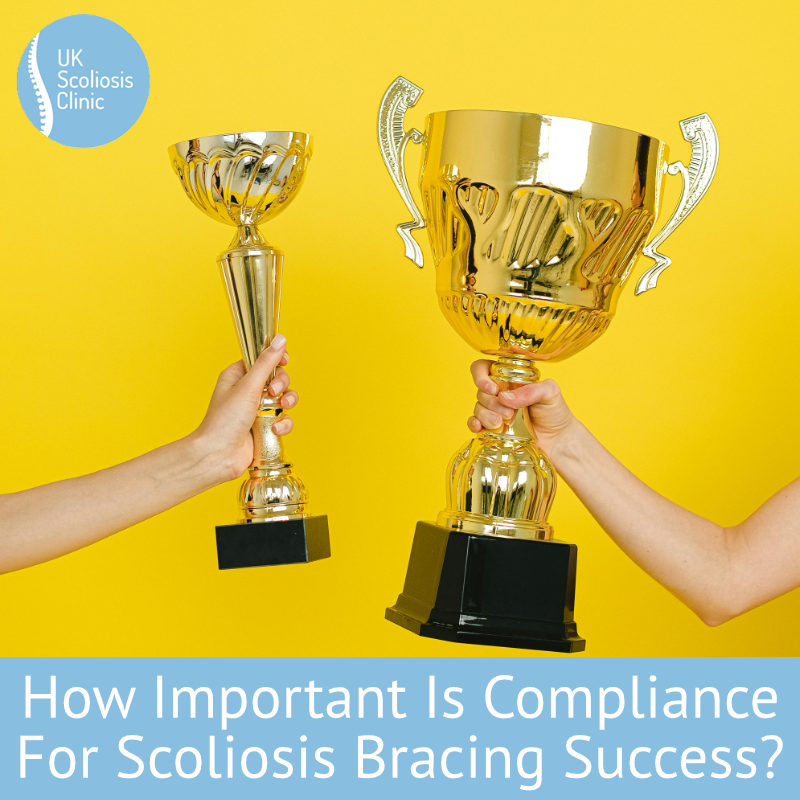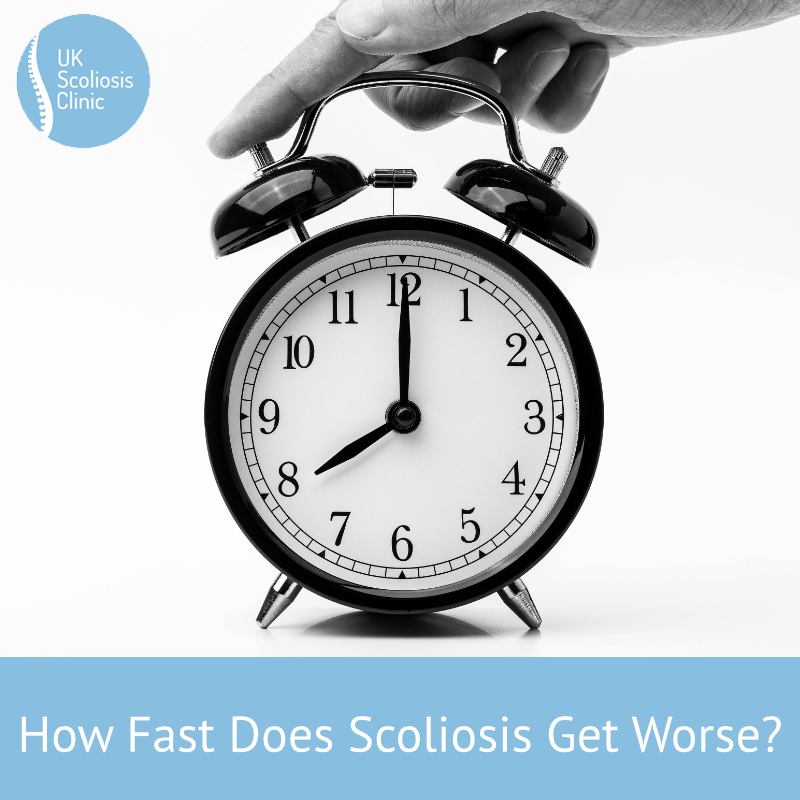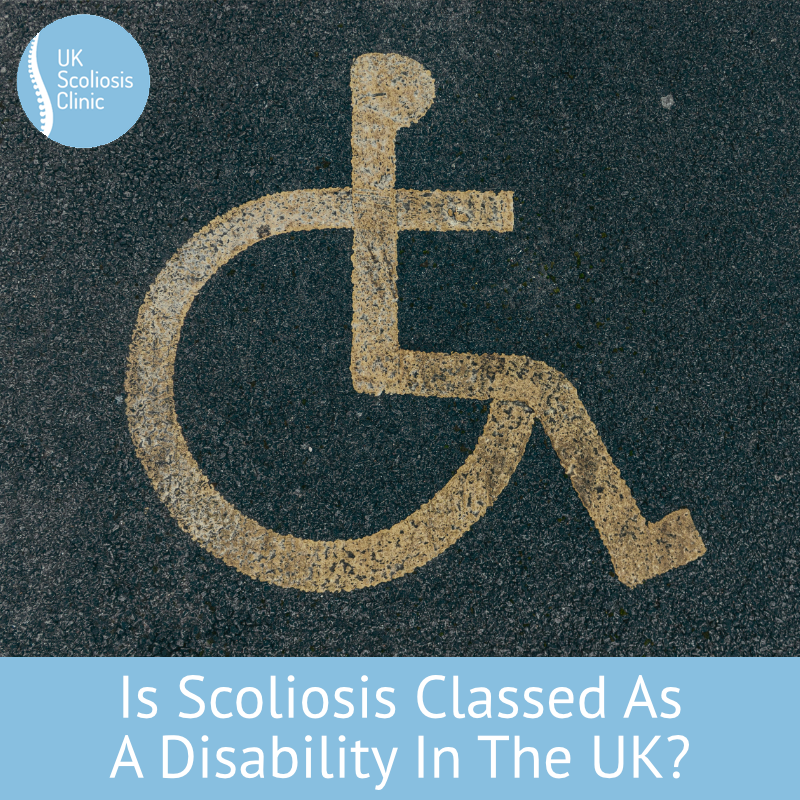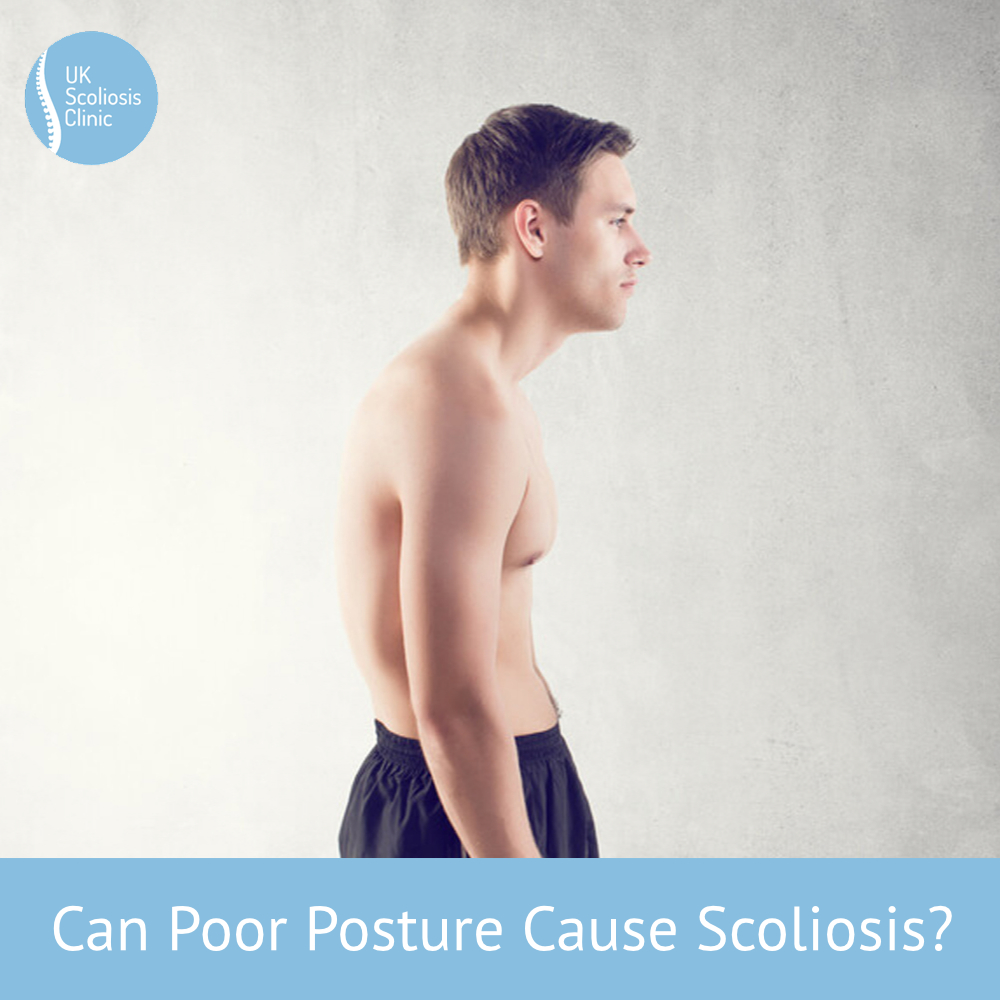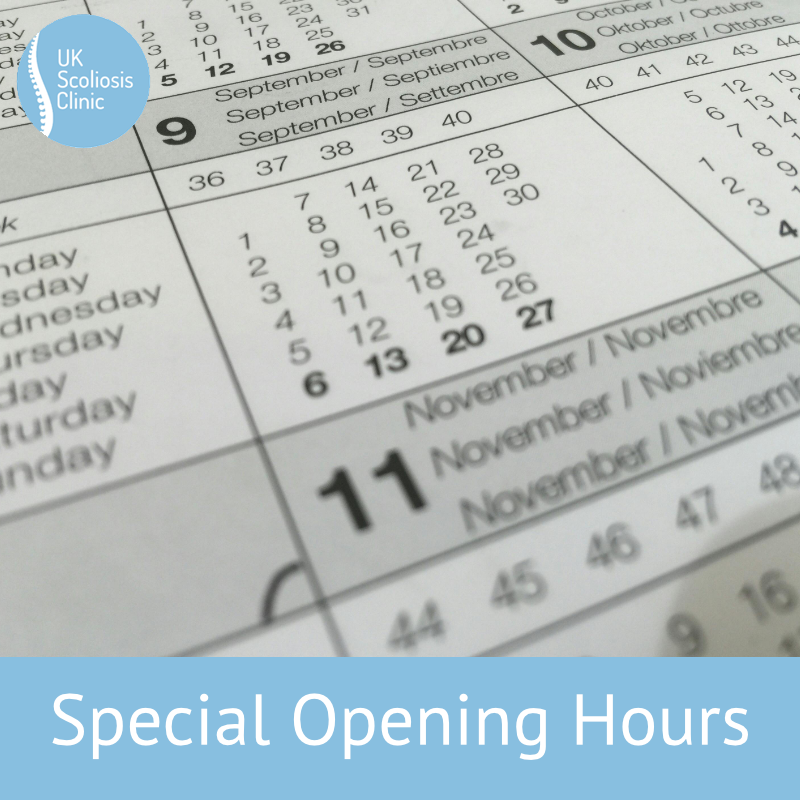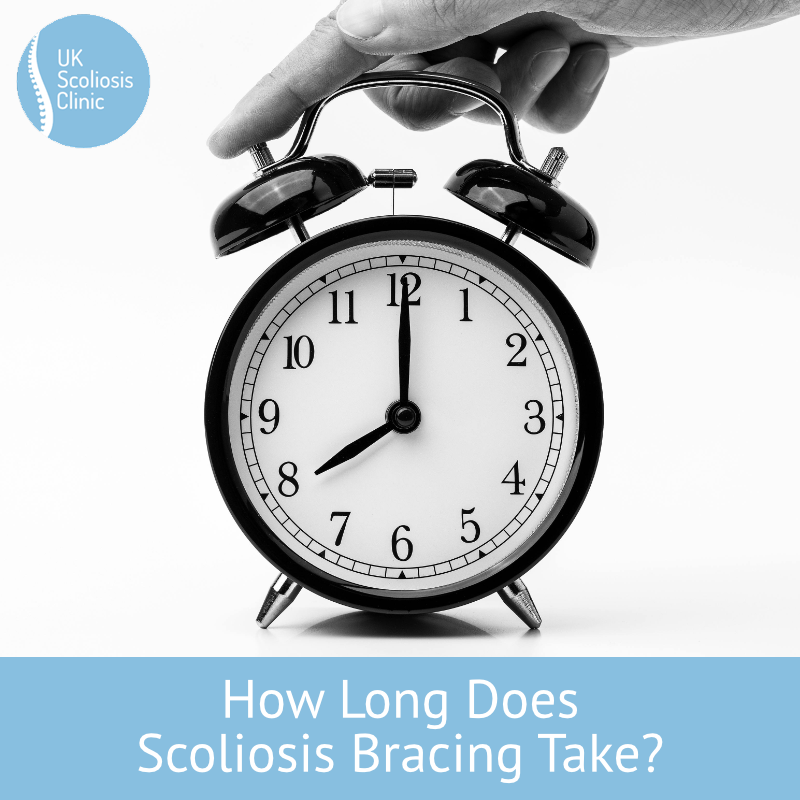
It’s well known that exercise is a great way to stay healthy whatever other conditions you may have – it’s all now well known that some sports and activities (especially those which focus only on one side of the body) may not be the best choice for those with Scoliosis.
We get many questions about exercise and which are the best options for people with Scoliosis – but the most important one is this, is plain old walking a good choice? The short answer is yes. Walking is generally considered a safe and effective exercise for people with scoliosis – it works both sides of the body evenly, it’s easy, does not put too much strain on the body, can be done with your brace on and is surprisingly effective!
The benefits of walking for people with scoliosis
Walking is a low-impact exercise that can help strengthen the muscles in the legs, hips, and back. This can be particularly helpful for people with scoliosis, as weak muscles in these areas can contribute to poor posture and spinal curvature. Walking also helps improve balance, coordination, and flexibility, which are important for maintaining good spinal health.
In addition to physical benefits, walking can also have mental health benefits. Exercise has been shown to reduce stress and anxiety, improve mood, and increase overall feelings of well-being. For people with scoliosis, who may experience pain and discomfort as a result of their condition, walking can provide a natural way to manage symptoms and improve their quality of life.
Precautions to take when walking with scoliosis
While walking is generally considered safe for people with scoliosis, there are a few precautions you should take to minimise any potential risks.
First, it is important to work with a healthcare professional, such as a physical therapist or orthopaedic specialist, to develop a safe and effective exercise program. They can help you identify any limitations or areas of weakness that may need to be addressed before starting an exercise program. This is less about the way you walk and more about taking sensible steps to avoid things like walking with a heavy backpack etc – each case is different here, but follow any relevant guidelines you are given.
It is also important to wear supportive shoes and to choose a safe walking route. Avoid uneven or rocky terrain that could increase your risk of falling or injuring yourself.
Another important consideration is posture. Good posture is important for maintaining a healthy spine, and people with scoliosis may need to work on improving their posture as part of their exercise program. Focus on keeping your shoulders back and down, your chest lifted, and your chin level.
It is also important to start slowly and gradually increase the intensity and duration of your walking sessions over time. This can help prevent injury and reduce the risk of overexertion.
Alternative exercises for people with scoliosis
While walking is generally considered a safe and effective exercise for people with scoliosis, it may not be suitable for everyone. Some people may find that other exercises are more beneficial or more comfortable for them.
For example, swimming and water aerobics are often recommended for people with scoliosis, as they provide a low-impact workout that is gentle on the joints and muscles. Yoga and Pilates can also be beneficial, as they focus on building strength, flexibility, and balance, all of which are important for maintaining good spinal health.
Ultimately, the best exercise program for people with scoliosis will depend on their individual needs and limitations. It is important to work with a healthcare professional to develop a safe and effective exercise program that takes into account any medical conditions, injuries, or other factors that may affect your ability to exercise.
Is walking a good choice for those with Scoliosis?
Walking can be a safe and effective exercise for people with scoliosis, as long as certain precautions are taken. Walking can help strengthen the muscles in the legs, hips, and back, improve balance and coordination, and provide a natural way to manage symptoms and improve overall quality of life.


